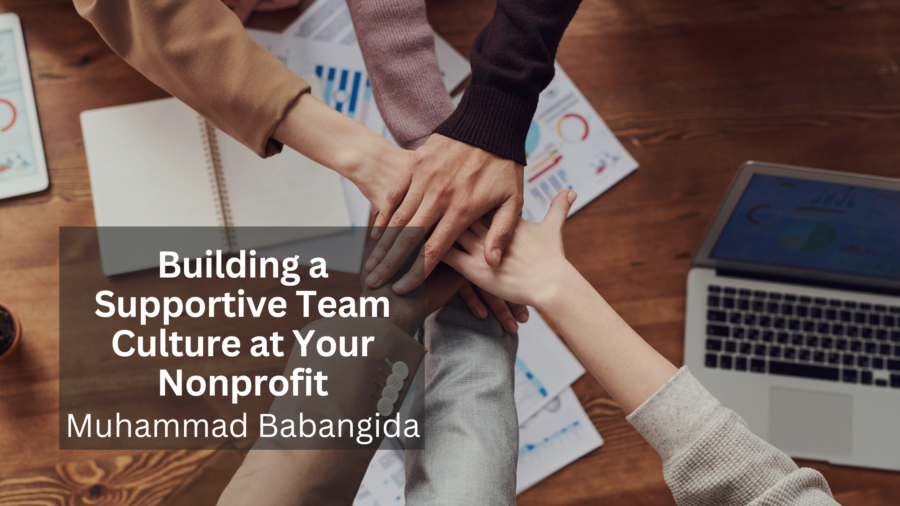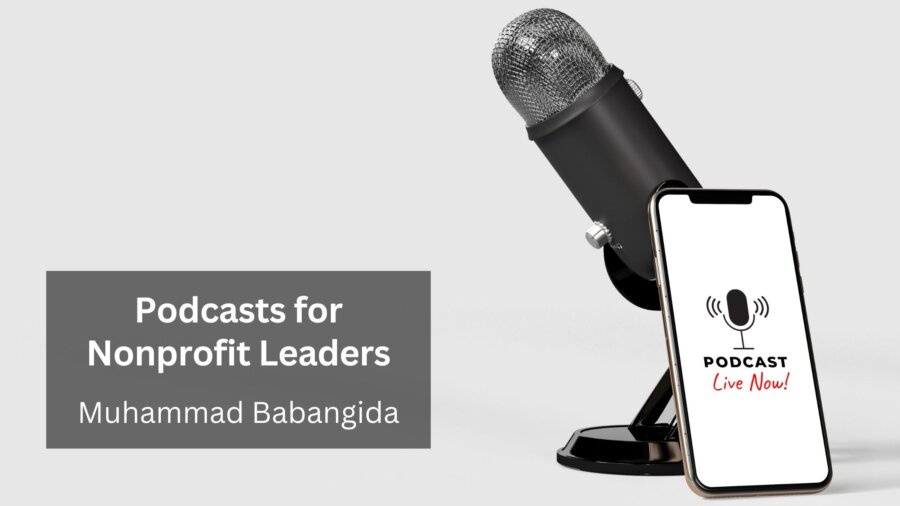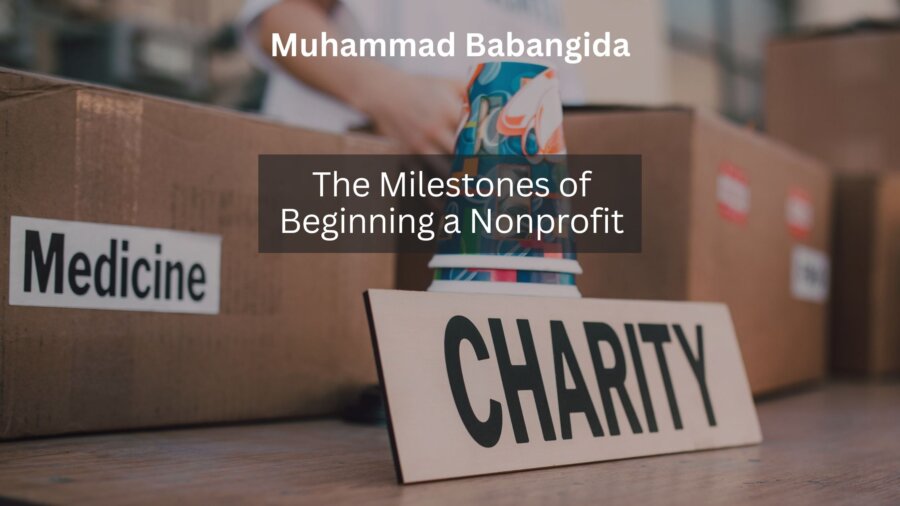Launching a new nonprofit is exciting, but gaining visibility and positive press is essential for building credibility, attracting donors, and engaging volunteers. Here are some effective strategies to help your new nonprofit capture the media’s attention and generate positive press coverage.
Craft a Compelling Story
Every nonprofit has a unique story. Highlight what inspired the creation of your organization, the problems it aims to solve, and the impact it hopes to achieve. Personal stories of beneficiaries, passionate testimonials from founders, or significant milestones can humanize your cause and make it more relatable. A well-crafted narrative can captivate journalists and draw public interest.
Develop a Strong Online Presence
In today’s digital age, a robust online presence is crucial. Ensure your website is professional, easy to navigate, and contains up-to-date information about your mission, programs, and accomplishments. Maintain active social media profiles on platforms like Facebook, Twitter, and Instagram to engage with your audience, share success stories, and post regular updates. A solid online presence attracts followers and makes it easier for journalists to find and feature your organization.
Build Relationships with Journalists
Establishing relationships with journalists who cover nonprofit and community stories is vital. Identify local media outlets and journalists who are interested in your cause. Send personalized emails introducing your nonprofit, explaining its mission, and highlighting any newsworthy events or milestones. Building these connections can increase the likelihood of your stories being covered.
Issue Press Releases
A well-written press release can effectively communicate your nonprofit’s news to the media. Whether announcing a new program, an upcoming event, a significant donation, or a partnership, a press release can help you reach a wider audience. Ensure you include a catchy headline, a concise news summary, quotes from key individuals, and contact information. Through online distribution services, distribute your press releases to local and national media outlets.
Host Engaging Events
Hosting events is a powerful way to generate media interest. Consider organizing fundraising galas, community service days, awareness campaigns, or volunteer appreciation events. Invite local media to cover these events and ensure they have access to critical spokespeople and engaging visuals. Successful events generate positive press and create memorable experiences that resonate with attendees and the broader community.
Leverage Partnerships
Collaborating with other organizations can amplify your reach and enhance your credibility. Partner with businesses, schools, nonprofits, or local government agencies on joint initiatives or events. Such collaborations often attract media attention and demonstrate your nonprofit’s commitment to community engagement and cooperation.
Share Impactful Content
Regularly share content that highlights your nonprofit’s impact. Use blogs, newsletters, infographics, and videos to showcase success stories, program outcomes, and testimonials from beneficiaries. Impactful content not only engages your audience but also provides journalists with material that illustrates the tangible benefits of your work.










